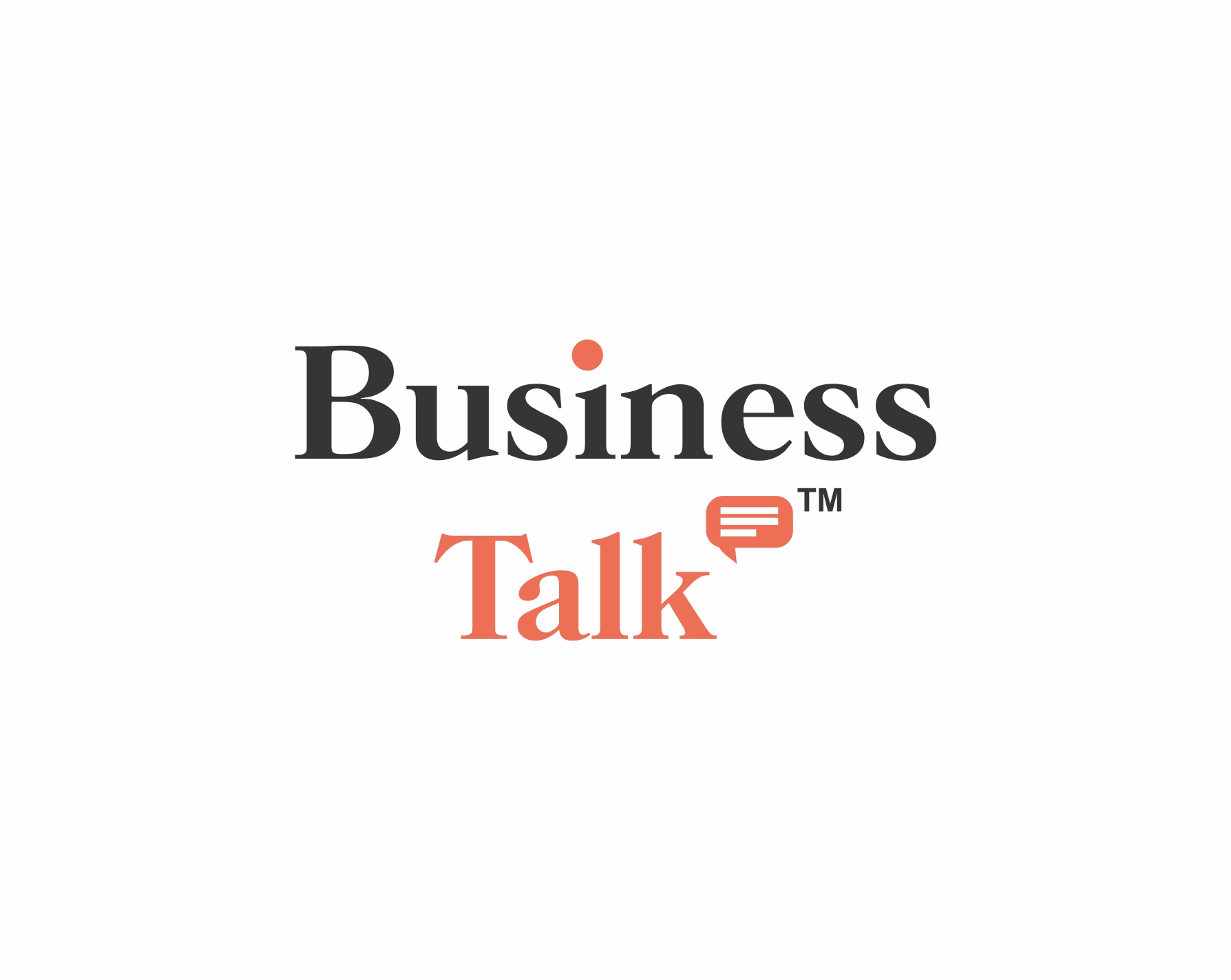Jeans are a statement of your comfort, style, and individuality—they’re more than just a piece of apparel. Owing to the wide range of styles that are now in popularity, they may be worn to many events and serve as the ideal foundation for creating an ensemble. They go well with almost anything and look great with sneakers or heels. However, it might be a difficult task to locate the ideal pair of fashionable jeans. Furthermore, it can be very difficult to figure out where to begin when you have so many different types available. So, to make it easy for you here are 5 tips for choosing the perfect pair of jeans.
Tips for Choosing the Perfect Pair of Jeans
1. Choose a heavier fabric
Higher-quality jeans are constructed with denim that is tougher and heavier. Their appearance should be opulent, but so should their feel. Thus, when you go shopping, get the fabric. With the exception of summer jeans, lightweight denim—anything under 12 ounces—may generally indicate a lower-quality product. Though they might seem a little stiff at first, heavier denim trousers will soon soften with repeated wear. It’s one of the most important tips for choosing the perfect pair of jeans.
2. Make sure the jeans have double stitching
The quality of a pair of jeans can be determined by the stitching around the pockets, side seams, and hems. A strong, durable stitch that won’t rip, break, or unravel under pressure is what you should be after. Both chain and double stitching are indications that the jeans were made with additional care. However, a single column of stitches is acceptable as well, provided that a sturdy, thick thread is used. Try the tried-and-true durability test on a pair of jeans by gently stretching the seams.
3. Make sure it is stretchable
Stretch denim is the way to go if comfortable, form-fitting pants are your thing. When purchasing stretch, find out how much spandex or lycra is in the material by looking at the label of the pants. The problem is that stretch jeans should only go so far because the material used to make them is meant to pull and yield. Generally speaking, 1% will offer you just enough flexibility to make the jeans comfortable; further than that, and you should anticipate the pants to get baggy or wear out.
4. Go through the designs properly
A pair of jeans’ construction and materials can occasionally be used to determine their longevity. Never fall for a faker’s trickery. Some imitation brands have developed into pros at copying the fashion of high-end jeans. Back pockets that are contoured are a feature that both the top denim brands and its copycats can boast. Thus, rather than depending solely on design details, it’s always advisable to verify the material of a piece of clothing. Proceed with caution if this information is not available on the label or website of the jeans.
5. Though It’s a Good Indication, Price Isn’t All
Designer jeans are still not inexpensive, even with all the well-wishing and intercession to the gods of retail. Alternatively, use designer denim as a benchmark for quality. They will give you a feel for what better-quality denim feels like, even if you decide not to purchase them. However, if you’re strong enough, you can use the knowledge you gained in the fitting room to shop for high-quality mid-range labels. It’s one of the necessary tips for choosing the perfect pair of jeans.
Conclusion
Those are the 5 tips for choosing the perfect pair of jeans. Quality is important while buying jeans. Deluxe denim will feel better and last longer than regular denim. And while high-end materials and fabrics are typically invested in by designer labels, this does not exclude you from finding finely made jeans at a lower cost.
Read More:
- 7 Key Steps to Building Emotional Intelligence
- Top 10 Roller Coasters in the US you Should Try
- Top 10 Oldest Language in the World

Business Talk is a digital business magazine that caters to CEOs, Entrepreneurs, VC, and Corporates. While working with entrepreneurs and business executives, we focus not only on their achievements. Our mission is to shed light on business entities, including their innovations, technological benchmarks, USPs, and milestones/accolades.













